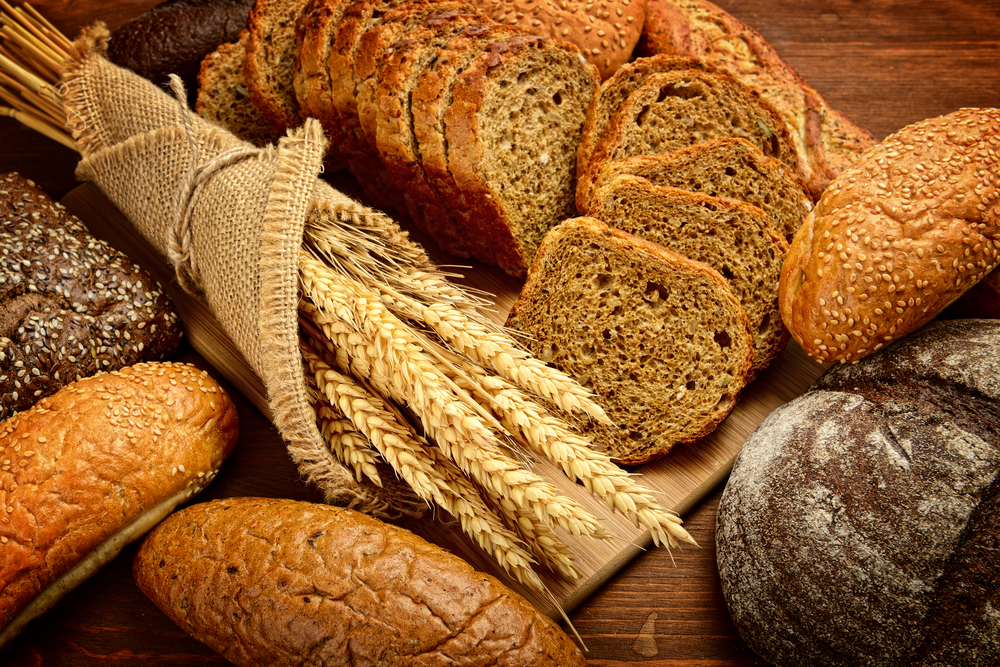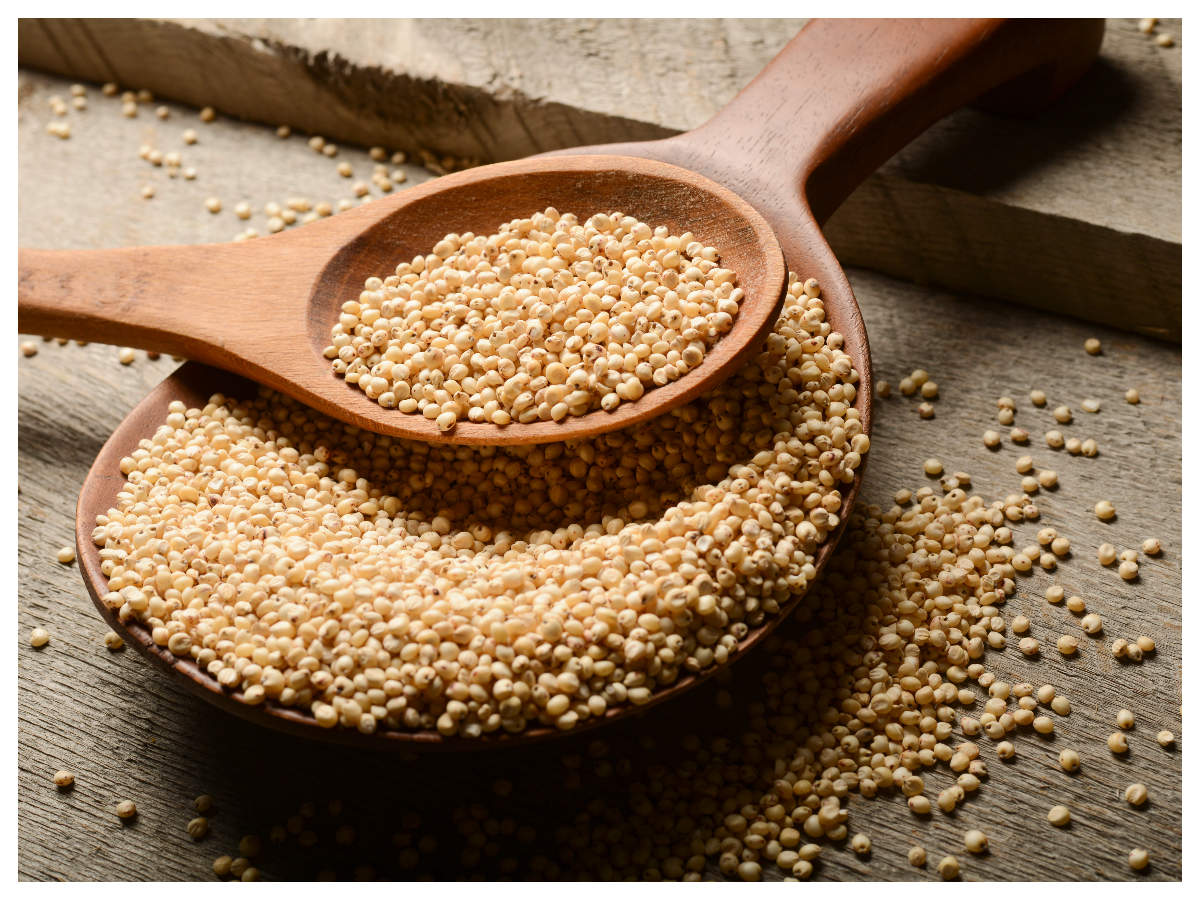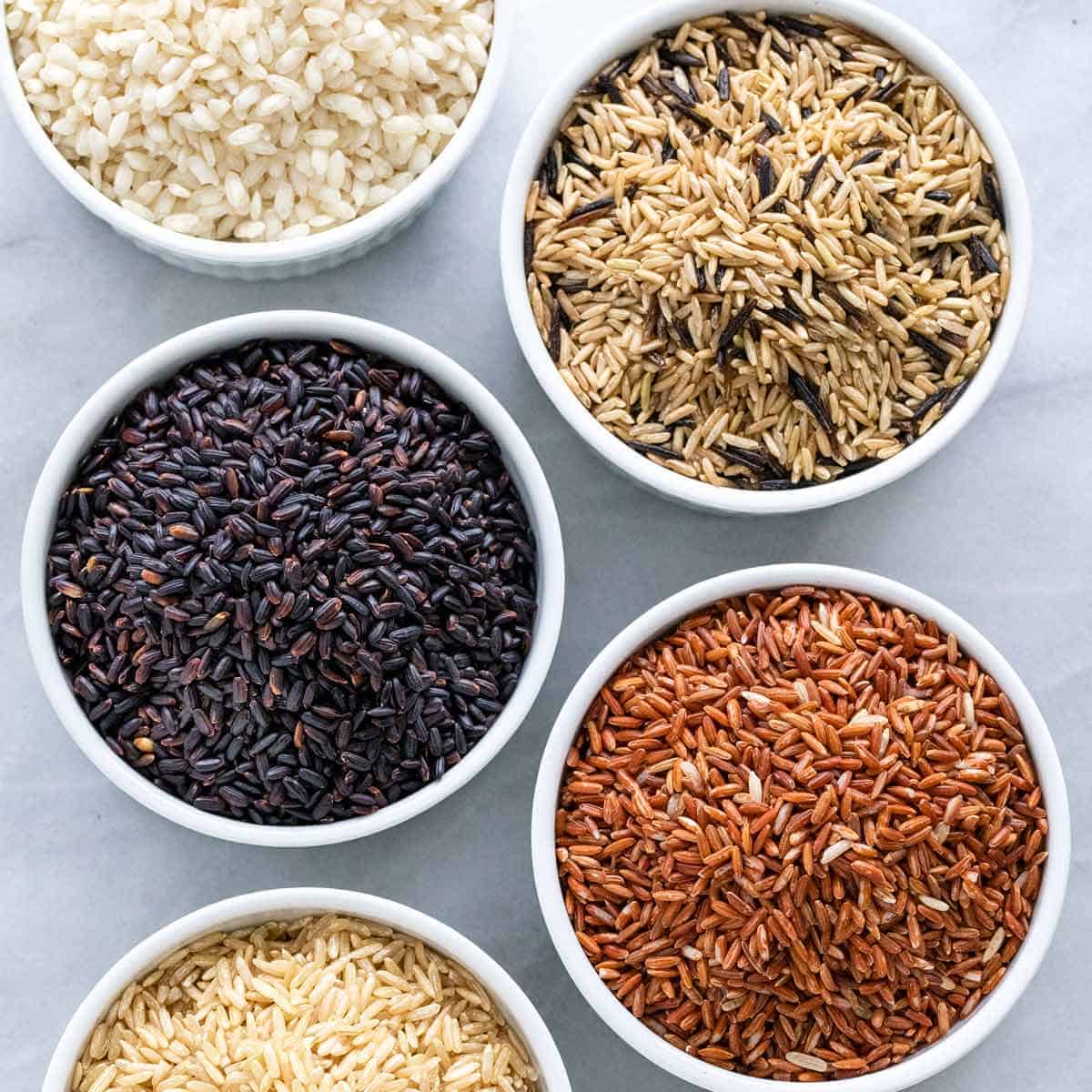Table of Contents
What are gluten-free cereals?
Gluten-free cereals are grains that grow as grasses but doesn’t contain a particular protein called gluten. Gluten is one of the most abundant proteins found in cereal grains and mostly in wheat, rye and barley. This is what gives flour bounciness and its binding properties. But many people are switching to gluten-free cereals as they may have celiac disease or commonly known as gluten intolerance. A gluten-free diet is also an optional lifestyle choice for many who may not have celiac but gluten sensitivity.
Here you will get to know the options for gluten-free cereals and their nutritional value. And, the phrase ” gluten-free cereals” does not indicate breakfast cereals but refer to cereal grains.

Gluten sensitivity and celiac disease symptoms:
Gluten sensitivity and celiac disease are immune diseases.
- Inflammation: You will experience inflammation in the gastric system and bloating and irritation each time. That is because of the inflammation in the small intestine track.
- Diarrhoea and indigestion: Many people suffer from diarrhoea as a classic symptom of celiac disease. This can be accompanied by belching, heartburn, nausea and pain in the abdomen.
- Body and joint ache: Except for the gastrointestinal symptoms you can also experience low bone density, joint aches and tiredness from time to time.
- Accompanied symptoms: With gluten intolerance often lactose intolerance can be expected. Some people see skin rashes on the arms and face. But it is best not to assume them as celiac indicators and go to a physician for medical diagnosis.
Gluten sensitivity can be not very obvious as celiac. But if you track your food habit and find out that it causes you irritation and gastrointestinal problems, a diet restricted to gluten is the best solution.
What are the best gluten-free cereals or grains?
There are primarily seven cereal groups or grains: wheat, maize, barley, rye, oats, sorghum, and rice. The below-mentioned cereals are the best options as gluten-free cereals:
- Sorghum: The Sorghum is also known as Indian millet, milo, or orashallu. The Sorghum bicolour species is the one that is consumed by people is very favourable to arid regions. The reason that sorghum is one of the best grains to consume when in season are:
- Nutrient composition: Sorghum is very nutritious as it contains 10% protein, 3.4% fat and high carbohydrate, calcium, and traces of iron and vitamin B1.
- High satiety: This gluten-free cereal is digested slower than wheat and that’s why it gives satiate hunger for longer.

The only downside of this gluten-free cereal is the characteristic husky smell but if you make it into bread and eat it with something sweet or spicy vegetables it will suppress that. The numerous benefit of Bajra or millet is endless and one of the best options for a gluten-free diet.
2. Rice:
The social media and fad diet trends have victimized rice for no valid reason. In oriental countries, rice is a staple in every household. As gluten-free food rice is probably the best option because of thousands of available recipes and hundreds of varieties. These are the reason rice is one of the best gluten-free cereals.
- Nutritional Composition: White rice is content of 5% of fat and 0% of fat. Rice is a good source of vitamin B-6, magnesium but has small amounts of iron and calcium. Also, the type of starch present in the rice depends on the species variety. If you want to increase your fibre]e intake and improve gut health you can choose brown rice with a fibre content of 1.6gm per 100gm.
- Various consumption processes: Rice is probably one of the gluten-free grains that can be used in savoury and sweet dishes. From appetizers to desserts rice and its seasonal and regional varieties are celebrated through food. From Mexican rice, Biryani, dosa to mochi, risotto, rice cakes the excuses of using rice as your staple will never end.

Rice is perfect as it never causes stomach aches or irritation in most people. You only have to know that rice can be pretty light than whole wheat or other grains, but eating it with vegetables and proteins will make it a good meal.
3. Oats: While the above mentioned are options for dinner or lunch this is a gluten-free cereal that can be consumed in the morning as a healthy and tasty breakfast. While consuming oats always remember to use the rolled oats. It may take a little longer to cook than instant oats but the nutritional value is completely retained in them. You can meal prep with overnight oats, or savoury vegetable oats, bake cookies or brownies with oats and make pre-workout shakes as well. Oat flour is a great substitute for pancakes, crepes and more.
Nutritional facts: The nutritional content of oats is much higher while the calories are quite low. One serving bowl of oats may have 100 gm to 150 gm. This nutrient-dense gluten-free cereal has 5gm protein, 2.5 gm fat and 4 gm fibre or 100 gram and only 140 calories according to HealthLine. This cereal is well balanced and fulfils a great amount of regular dietary index for minerals like manganese, phosphorus, magnesium, copper etc.
4. Maize: Maize or corn is one of the abundantly cultivated crops that originated from Central America and Mexico. Maize or corn is available as corn flour, corn starch and cornmeal. It is often paired with other cereals while eating. But corns are a healthy snacking option and are also used for flatbreads. Those following a gluten-free diet should include it in your diet to fulfil macronutrients like starch, fibre, protein and fat.
Nutritional value: Generally 20% to 80% of starch, 10% to 15 % of protein and 9% to 15% of fibre are available in the dry weight content depending on the variety of the corn. Corn is a great source of Vitamin B-complex, folate, phosphorus, manganese, and zinc.
Nutritional gluten-free grains that are not cereal
- Buckwheat: Buckwheat is a popular option in diets like the Sirt food diet and also part of cuisines like South Korean, Chinese, Russian foods. Buckwheat is high in minerals and can be used as flour. Buckwheat bread, noodles and tea are popular forms of its intake.
Nutritional facts: 100
2. Quinoa: Quinoa is one of the best available options for those who are watching their diet or for people who have to go gluten-free. Quinoa is a great option for lunch and dinner. This high fibre and amino acids rich grain are perfect for anybody who wants to switch grains while being gluten-free. Though this grain is a pseudocereal because it doesn’t grow like wheat or cereal grass, the benefits of this nutty grain are numerous.
- Nutritional facts: 100 grams of quinoa contains 4.4 grams of protein and 2.8 grams of fibre and 1.9 grams of fat. 21% of the carbs are different types of sugar and besides being high in fibre this cereal is full of antioxidants and a source of folate, iron, magnesium and zinc.
These are the best alternatives to cereals for a gluten-free diet. Besides these mentioned five you can also check out Amaranth, soy flour, tapioca flour depending on your regional and cultural habits.
Read about the most powerful plant-based protein powder here:
https://sleck.net/4-interesting-facts-about-pea-protein-powder/


